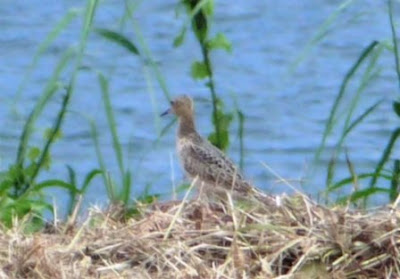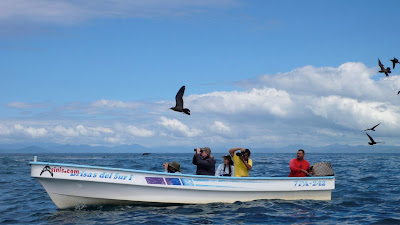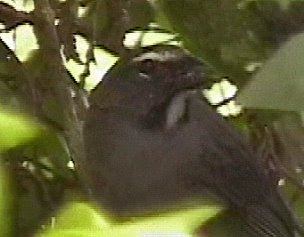
After being in El Real last month, I decided to do some birding in the highlands of eastern Panama, specifically above Rancho Plástico, with Alex Guevara and Ramiro Duque. Our expedition started on September 15th arriving at Rancho Frío late in the afternoon. The following day in the morning Slate-throated Gnatcatchers, Purple Honeycreepers, Scarlet-browed Tanagers, and Western Sirystes were moving around the station. During our hike to Rancho Plástico the same day, Wing-banded Antbirds gave us some great views and a Yellow- browed Shrike Vireo was heard in the distance. In the afternoon at a lookout close to Rancho Plástico, Great Green Macaws and Red-and-green Macaws were flying around, and at dusk a group of Tawny-faced Quails were singing close to our tent. On September 17th we headed further up from our camp site where we saw Black-crowned Antpittas, Immaculate Antbirds, and Dull-mantled Antbirds. A single Green Manakin landed very close to us. In a mixed flock we encountered Red...





